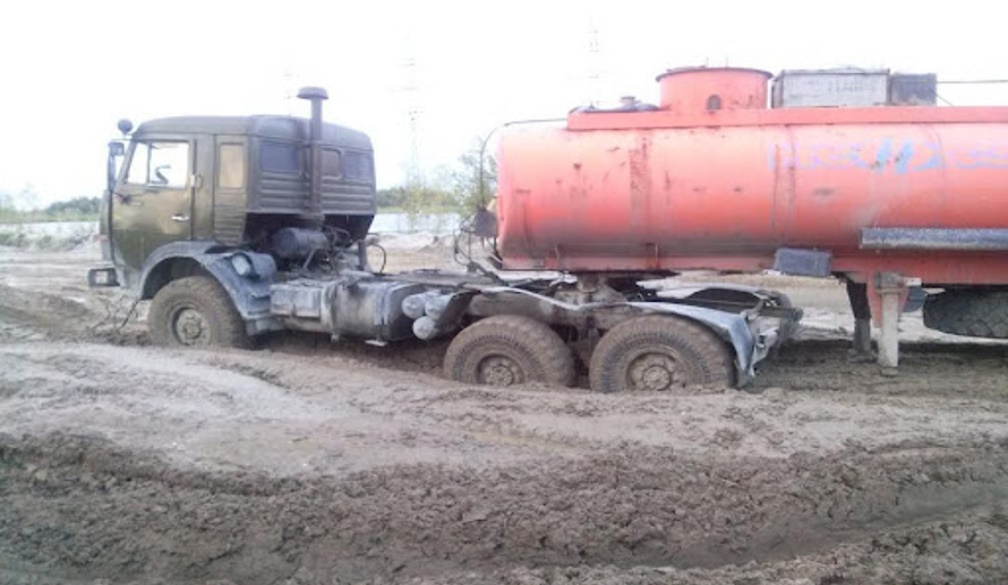3 Tips for Protecting Your Truck Drivers On The Road

Truck driving is a vital element of the transportation industry, forming the backbone of logistics for many businesses. However, it is also one of the most hazardous occupations, making the well-being of drivers a top priority. Ensuring their safety involves a multi-faceted approach that not only protects the lives of drivers but also safeguards the business's interests. By focusing on maintenance, appropriate insurance, and effective communication, businesses can significantly reduce the risks associated with road transportation.
Keep Vehicles Up to Date
Regular vehicle maintenance is essential for preventing breakdowns and reducing the risk of accidents. Given that brakes can typically last up to 50,000 miles, it is crucial for businesses to have a meticulous schedule for parts' inspections and replacements. Investing in regular check-ups ensures that truck components are functioning optimally, minimizing the potential for on-road incidents.
Beyond the immediate concern for safety, keeping vehicles well-maintained also contributes to long-term cost savings. When vehicles break down or experience operational failures, it often leads to unexpected expenses that can disrupt the financial stability of the business. Thus, proactive maintenance not only enhances safety but also supports the economic health of the business by avoiding costly repairs and replacements.
In an industry reliant on uptime, ensuring vehicles are road-ready helps maintain the trust of clients and partners who depend on timely deliveries. Any delays stemming from preventable mechanical failures can impact the business's reputation and client satisfaction. By prioritizing vehicle updates and maintenance, a business demonstrates its commitment to reliability and safety.
Insure All Employees
Insurance is a critical safety net that protects both employees and the business from unforeseen incidents. Providing comprehensive coverage for all truck drivers can alleviate the impact of accidents or injuries on the road. Adequate insurance supports drivers by covering medical expenses and loss of income, while also safeguarding the business from potential legal and financial repercussions.
In addition to standard insurance, businesses should consider specialized policies tailored to the specific risks that their drivers face. This proactive approach not only provides peace of mind to drivers but also aligns with the business's strategic goals of risk management. By valuing the security of their workforce, businesses can nurture a loyal and motivated team, essential for operational success.
The workforce of riggers in 2022 was comprised of 11,827 people, highlighting the importance of safeguarding those involved in physically demanding and high-risk professions. As businesses expand and diversify their operations, ensuring that all employees have suitable insurance coverage becomes increasingly vital. This commitment to employee welfare enhances the overall resilience of the business and contributes to a more positive work environment.
Overcommunicate
Effective communication is key to preventing misunderstandings and enhancing driver safety. By fostering a culture of overcommunication, businesses ensure that drivers have the necessary information for safe and efficient operations. This includes updates on road conditions, changes in routes, and any emergency procedures that might affect their journey.
In a landscape where 67% of personal injury cases end in a settlement, it is important for businesses to mitigate risks through clear and consistent communication. Regular check-ins and feedback mechanisms empower drivers to voice their concerns and needs, fostering an environment of trust and collaboration. This open dialogue helps identify potential hazards before they become critical issues, ultimately safeguarding both drivers and the business.
As the logistical landscape evolves, businesses must leverage technology to enhance communication with their drivers. Tools such as GPS tracking and mobile apps facilitate real-time updates, enabling drivers to react promptly to any changes or issues. Employing these strategies ensures that communication remains dynamic, supporting drivers in their mission to deliver goods safely and efficiently.
By focusing on these three key areas, businesses can enhance the safety of their drivers and minimize risks on the road. Keeping vehicles well-maintained, providing comprehensive insurance, and fostering clear communication are foundational strategies for protecting drivers. These efforts not only promote a culture of safety but also strengthen the operational capabilities and reputation of the business within the industry.









